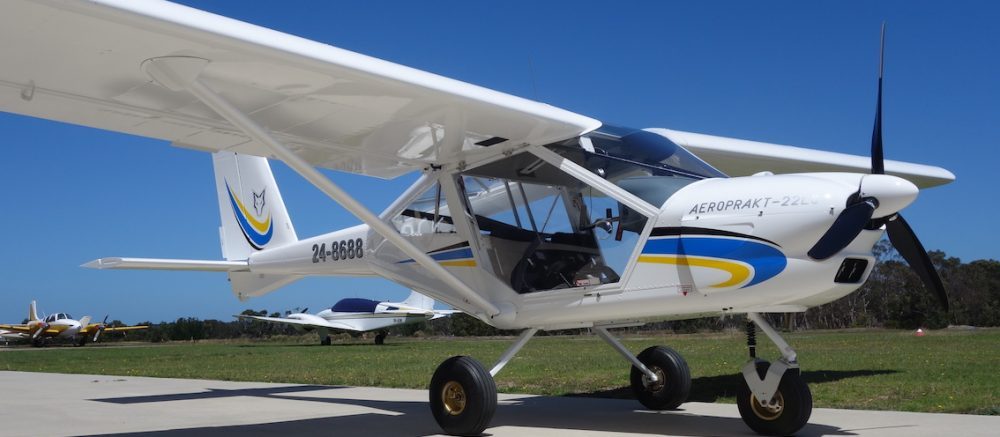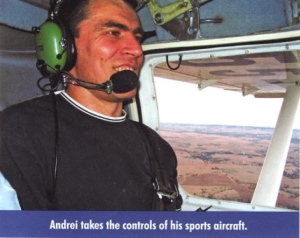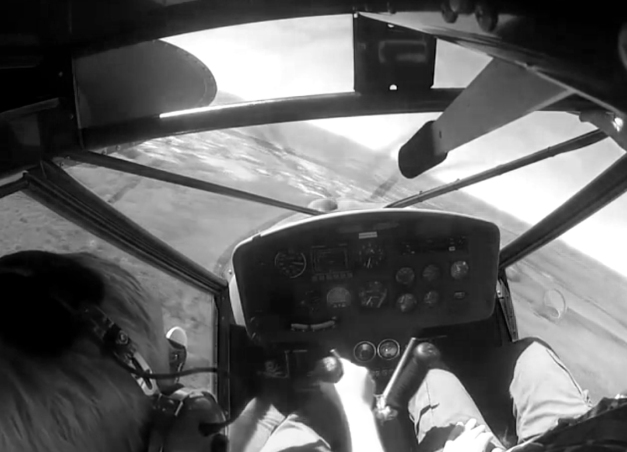 Mike Rudd has made a new video showing how to take-off in your Foxbat in half the normal distance.
Mike Rudd has made a new video showing how to take-off in your Foxbat in half the normal distance.
Click here for the full 2-minute story: Foxbat – advanced short take-off technique
In summary:
– line up on the runway/take-off area
– do not apply flap, keep the elevator neutral
– apply the brakes and increase throttle to full power
– when full power is reached and stabilised, release the brakes
– be ready to correct the nose swing more than normal due to the full power
– as the airspeed goes through about 25 knots, smoothly pull on full flap and nudge the controls back a little to ‘unstick’ the aircraft
– fly level until the airspeed builds above 50 knots, then climb away as usual
This technique is useful on short strips or take-off areas which are soft.
CAUTION: be careful if the take-off area is covered with gravel or stones, as it is very likely the prop will be damaged if you apply full power when static on the ground. There is a slightly different technique for short field take-offs in these circumstances.
Here’s another link to a YouTube video of a Foxbat doing a short take-off using this technique.













